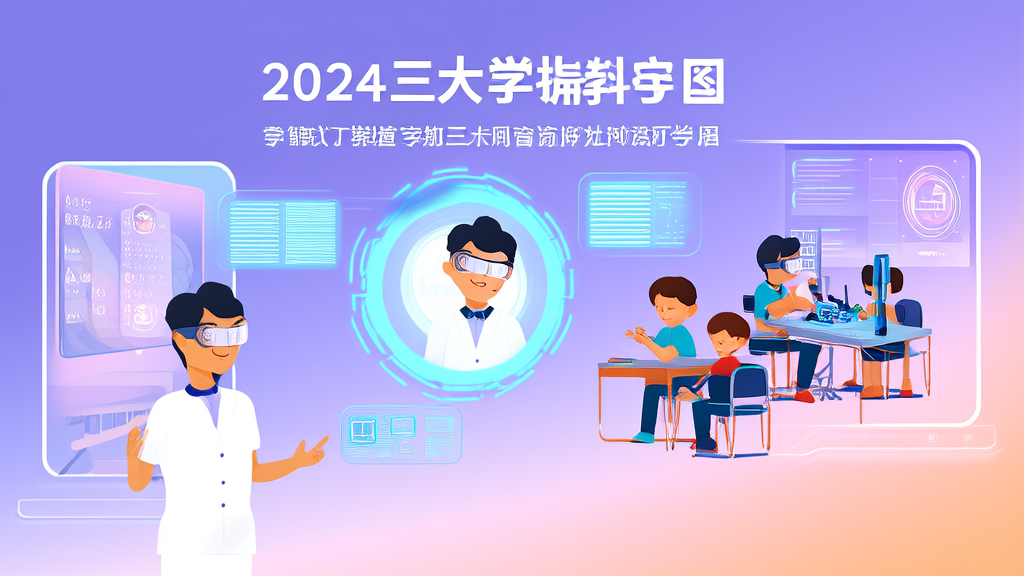Transforming K-12 Education: 3 Key Innovations for 2025

Shaping the Future: Navigating K-12 Education in 2025
Welcome to a new era of learning, where innovation and understanding are at the forefront of K-12 education. As we stand on the cusp of significant changes, it's essential for both parents and educators to stay informed about the latest trends, methodologies, and technologies that can enhance our children's educational journey. This blog post aims to provide valuable insights into how we can better support and nurture young minds, ensuring they are well-prepared for the challenges and opportunities ahead.
The Power of Modern Teaching Methodologies
In recent years, there has been a shift from traditional rote learning to more interactive and engaging teaching methods. One such approach is project-based learning (PBL), which encourages students to explore real-world problems and challenges through hands-on projects. PBL not only makes learning more enjoyable but also helps in developing critical thinking, problem-solving, and collaboration skills. For instance, a group of 8th graders in San Francisco used PBL to design and build a sustainable garden, integrating lessons from biology, mathematics, and environmental science.
Understanding Child Development: Insights from Research
Research in child development continues to emphasize the importance of tailored learning experiences that cater to individual needs and abilities. The concept of differentiated instruction has gained traction, allowing teachers to adapt their teaching strategies to meet the diverse needs of students. A study by the National Center for Learning Disabilities found that differentiated instruction significantly improved academic outcomes for students with varying learning styles and paces. By recognizing and accommodating these differences, educators can create a more inclusive and effective learning environment.
Educational Technology: Tools for Today and Tomorrow
Technology has become an indispensable part of modern education, offering a wealth of tools and resources to enhance learning. Adaptive learning platforms use artificial intelligence to personalize the learning experience, providing students with content and activities that match their skill levels and interests. For example, DreamBox Learning, an adaptive math program, has been shown to improve student performance by up to 60% in just one year. Additionally, virtual reality (VR) and augmented reality (AR) are being used to create immersive learning experiences, making complex concepts more accessible and engaging. A case in point is the use of VR to teach history, allowing students to virtually visit historical sites and events, thereby deepening their understanding and engagement.
Practical Tips for Parents and Teachers
As parents and educators, we play a crucial role in shaping the educational experiences of our children. Here are some practical tips to help you support and inspire them:
- Stay Informed: Keep up-to-date with the latest educational research and trends. Attend workshops, webinars, and conferences to learn from experts and peers.
- Communicate Openly: Maintain regular communication with your child’s teachers to understand their progress and any areas that may need extra support. Collaborative efforts between home and school can lead to better outcomes.
- Encourage Exploration: Provide opportunities for your child to explore their interests and passions. Whether it’s through extracurricular activities, community service, or creative projects, these experiences can foster a love for learning and personal growth.
- Embrace Technology: Leverage educational technology to supplement and enhance learning. Use apps, online resources, and digital tools to make learning more interactive and engaging.
Conclusion: Empowering the Next Generation
The landscape of K-12 education is evolving rapidly, and it’s an exciting time to be part of this transformation. By embracing innovative teaching methodologies, staying informed about child development, leveraging educational technology, and working together as a community, we can provide our children with the best possible foundation for success. Let’s continue to learn, grow, and inspire the next generation of leaders and thinkers. Together, we can shape a brighter future for all.